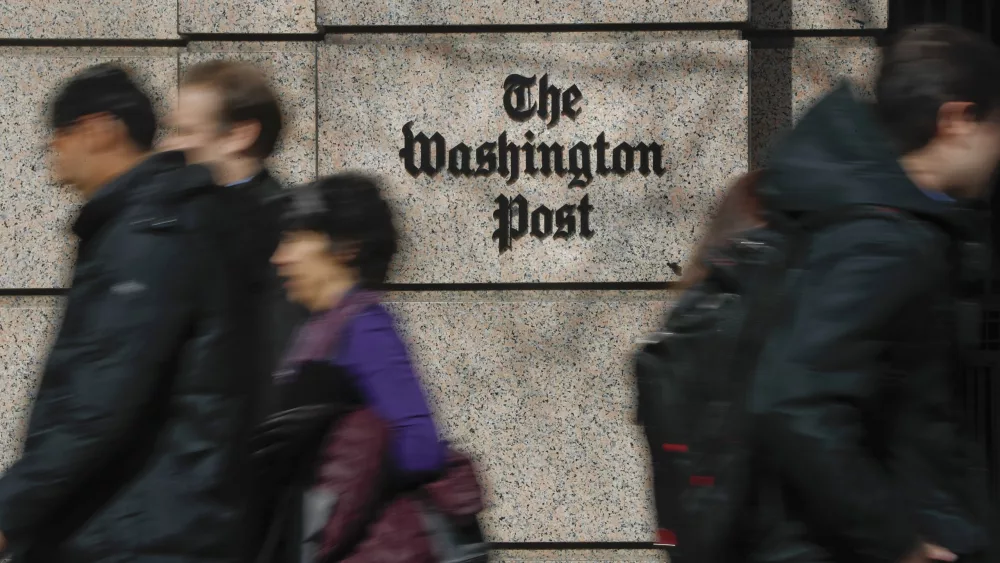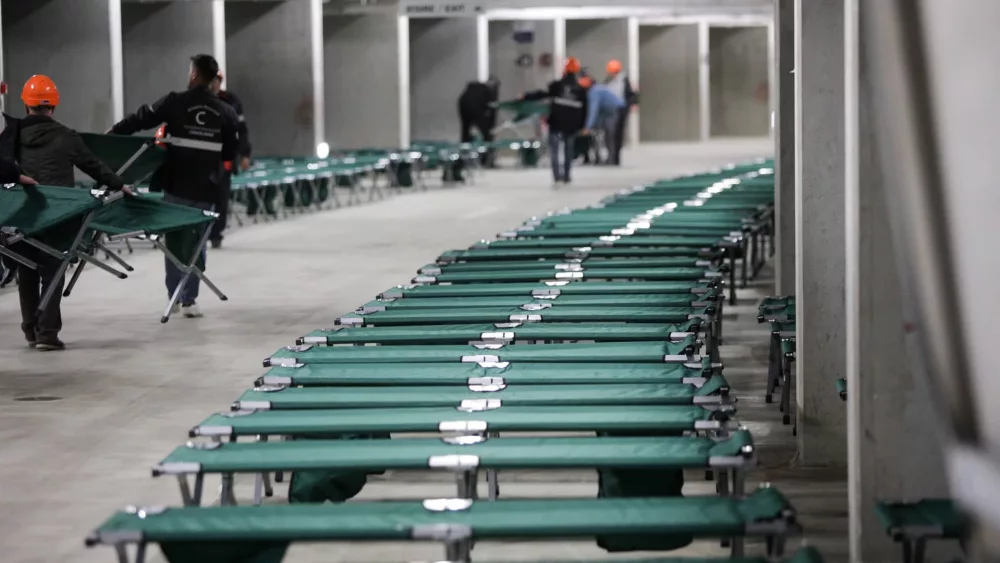SANTA FE, N.M. (AP) — The National Nuclear Security Administration failed to properly evaluate its expansion of plutonium pit production at sites in South Carolina and New Mexico in violation of environmental regulations, a federal judge has ruled.
Plaintiffs challenged a plan consummated in 2018 for two pit production sites — at South Carolina’s Savannah River and New Mexico’s Los Alamos National Laboratory — that they say relied on an outdated environmental impact study. They also say it didn’t truly analyze simultaneous production, and undermined safety and accountability safeguards for a multibillion-dollar nuclear weapons program and related waste disposal.
“Defendants neglected to properly consider the combined effects of their two-site strategy and have failed to convince the court they gave thought to how those effects would affect the environment,” Judge Mary Geiger Lewis said in her ruling.
The decision arrives as U.S. authorities this week certified with a “diamond stamp” the first new plutonium pit from Los Alamos for deployment as a key component to nuclear warheads under efforts to modernize the nation’s weapons.
Hollow, globe-shaped plutonium pits are placed at the core of nuclear warheads. Plutonium is one of the two key ingredients used to manufacture nuclear weapons, along with highly enriched uranium.
The new ruling from South Carolina’s federal court says nuclear weapons regulators violated the National Environmental Policy Act by failing to properly analyze alternatives to production of the nuclear warhead component at Savannah River and Los Alamos.
“These agencies think they can proceed with their most expensive and complex project ever without required public analyses and credible cost estimates,” said Jay Coghlan, director of Nuclear Watch New Mexico, which is a co-plaintiff to the lawsuit, in a statement Thursday that praised the ruling.
The court order gives litigants two weeks to “reach some sort of proposed compromise” in writing.
A spokesperson for the the National Nuclear Security Administration said the agency is reviewing the court’s ruling and consulting with the Department of Justice.
“We will confer with the plaintiffs, as ordered,” spokesperson Milli Mike said in an email. “At this point in the judicial process, work on the program continues.”
The ruling rejected several additional claims, including concerns about the analysis of the disposal of radioactive materials from the pit-making process.
At the same time, the judge said nuclear weapons regulators at the Department of Energy “failed to conduct a proper study on the combined effects of their two-site strategy” and “they have neglected to present a good reason.”
Plutonium pits were manufactured previously at Los Alamos until 2012, while the lab was dogged by a string of safety lapses and concerns about a lack of accountability.
Proposals to move production to South Carolina touched off a political battle in Washington, D.C., as New Mexico senators fought to retain a foothold for Los Alamos in the multibillion-dollar program. The Energy Department is now working to ramp up production at both Savannah River and Los Alamos to an eventual 80 pits per year, amid timeline extensions and rising cost estimates.
Plaintiffs to the plutonium pit lawsuit include environmental and nuclear-safety advocacy groups as well as a coalition of Gullah-Geechee communities of Black slave descendants along the coasts of Georgia and South Carolina.
Outside Denver, the long-shuttered Rocky Flats Plant was capable of producing more than 1,000 war reserve pits annually before work stopped in 1989 due to environmental and regulatory concerns. In 1996, the Department of Energy provided for limited production capacity at Los Alamos, which produced its first war reserve pit in 2007. The lab stopped operations in 2012 after producing what was needed at the time.
Brought to you by www.srnnews.com







